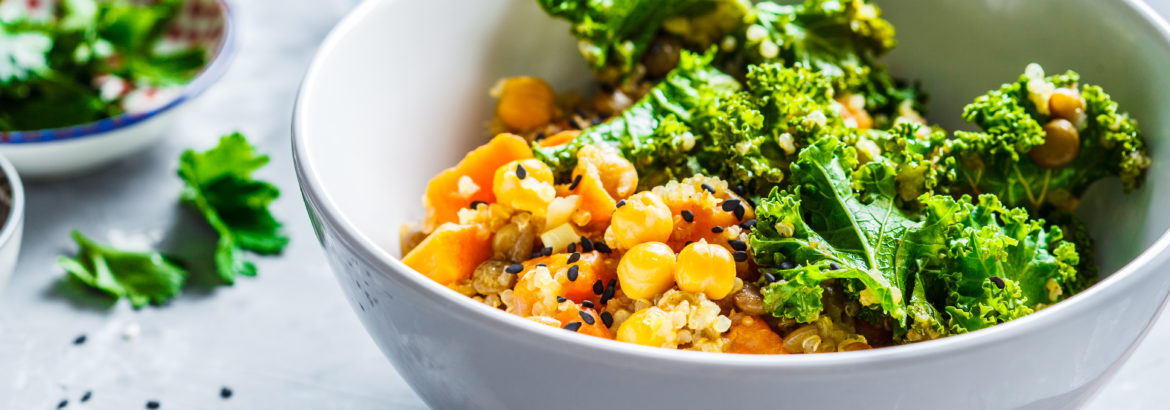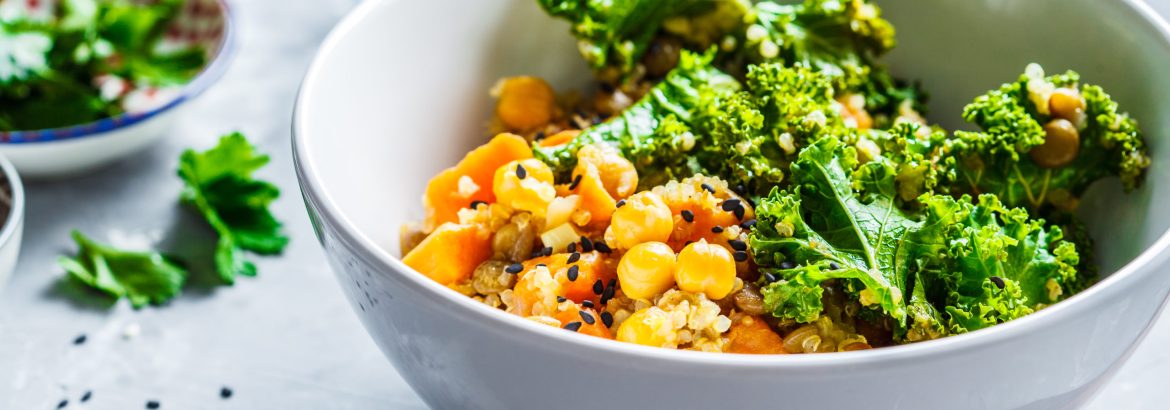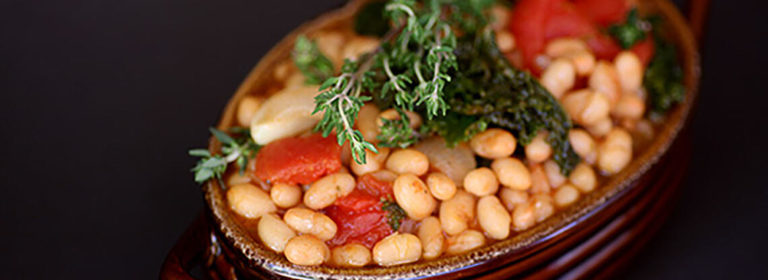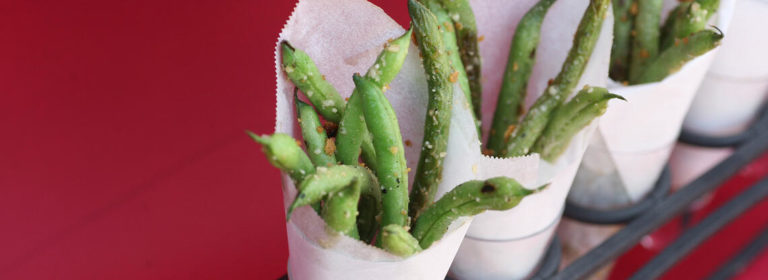Shifting seasonal menus is a great time to promote and showcase fresh fruits and vegetables on menus. Whether it’s LTOs, timely salads, or Thanksgiving desserts, calling out your fall-centric dishes pays off.
- Pump up salads. Fortify leafy greens like spinach, arugula, and kale with colorful, roasted vegetables and fruits such as Butternut squash, grapes, potatoes, and carrots.
- Add in global sauces. Pair beloved side dishes (stuffing, mashed potatoes, Brussels sprouts, and green beans) with on-trend mix-ins such as black garlic, gochujang, miso paste, and garam masala to balance nostalgia and adventure.
- Beyond pumpkin pie. Get creative with fall desserts by featuring traditional ingredients (think apples, pears, and sweet potatoes) in whimsical presentations (candied apples, cupcakes with toasted meringue, and fruit-swirled ice cream) or show off specialty items like persimmons, quince, figs, and cranberries in more classic forms (tarte tatin, baked crumbles, and fluffy mousse).
SEASONAL CHECKLIST
- Stock up on root vegetables and tubers (carrots, turnips, parsnips, potatoes, and yams) that can be utilized across every day-part on
the menu from breakfast to dessert. - Hearty greens like kale, collard greens, spinach, and arugula are excellent salad starters for autumn.
- Seasonal herbs add complex flavors for pennies per plate. Thyme, rosemary, sage, and marjoram are fall favorites that can elevate many dishes.
- Wellness bowls remain a fast, convenient, healthy way that many customers prefer to eat. Easily adaptable for delivery and to-go, they can be piled high with customizable toppers such as chickpeas, roasted vegetables, seaweed, kale, ancient grains, and avocado.




